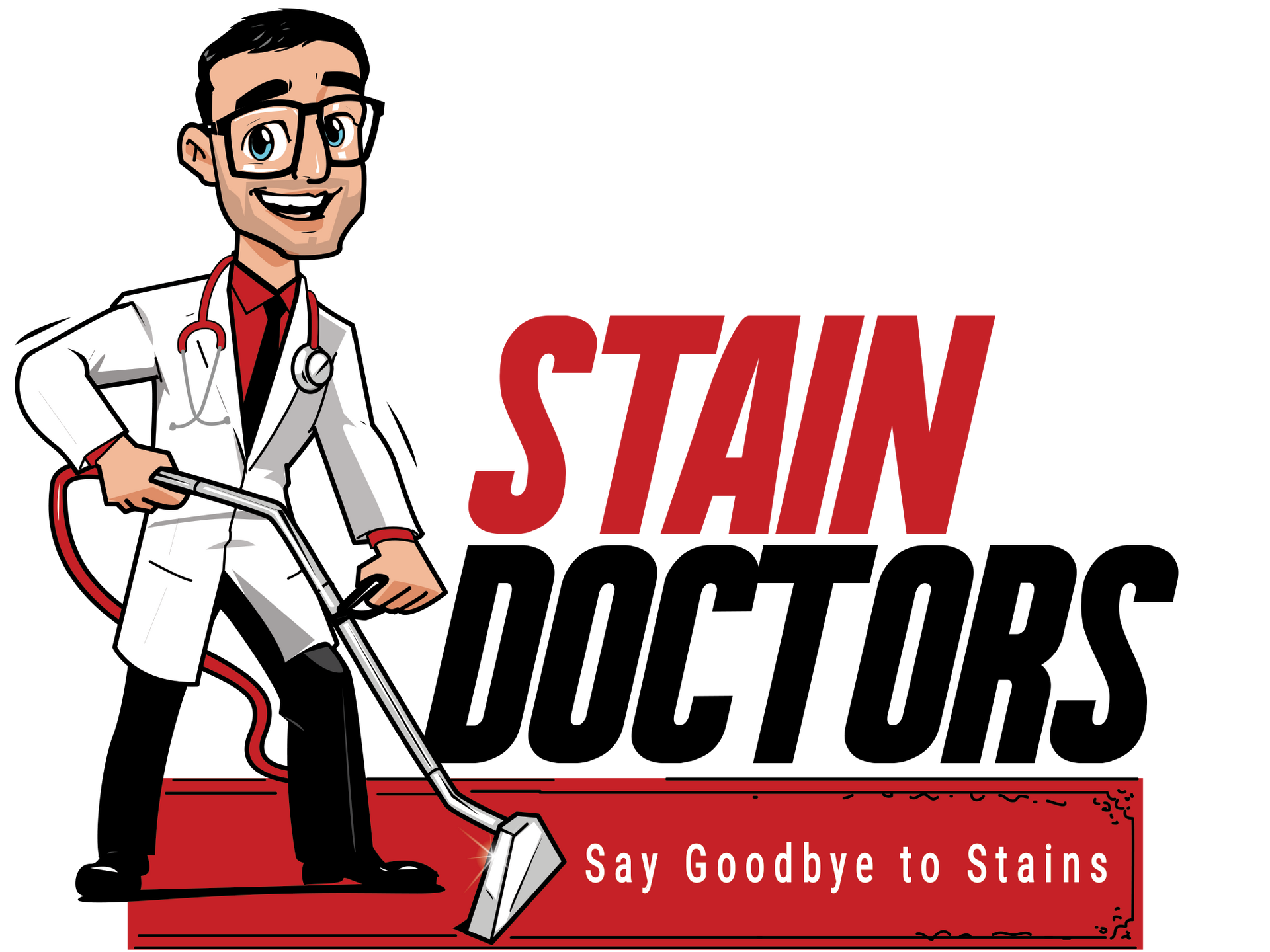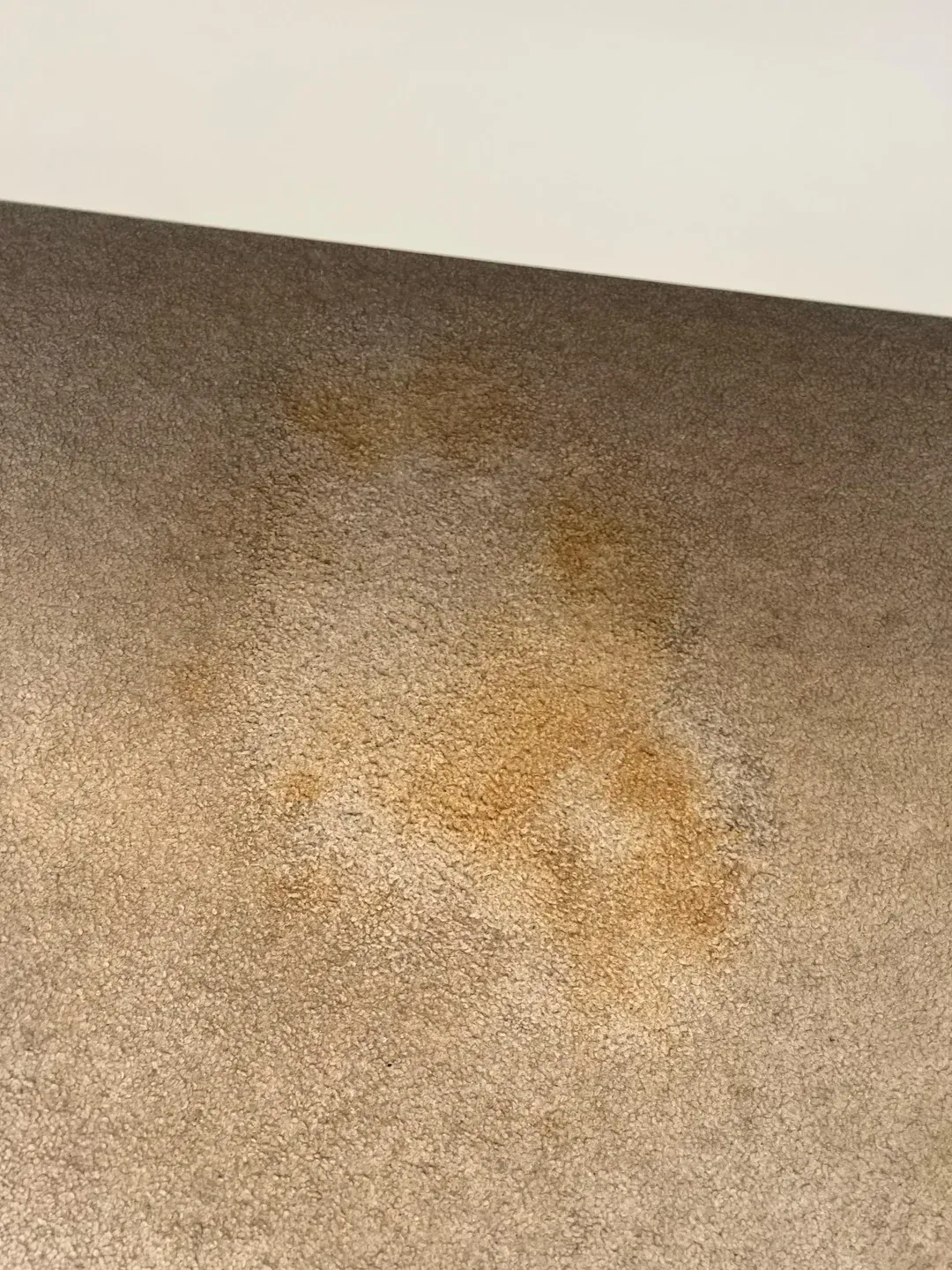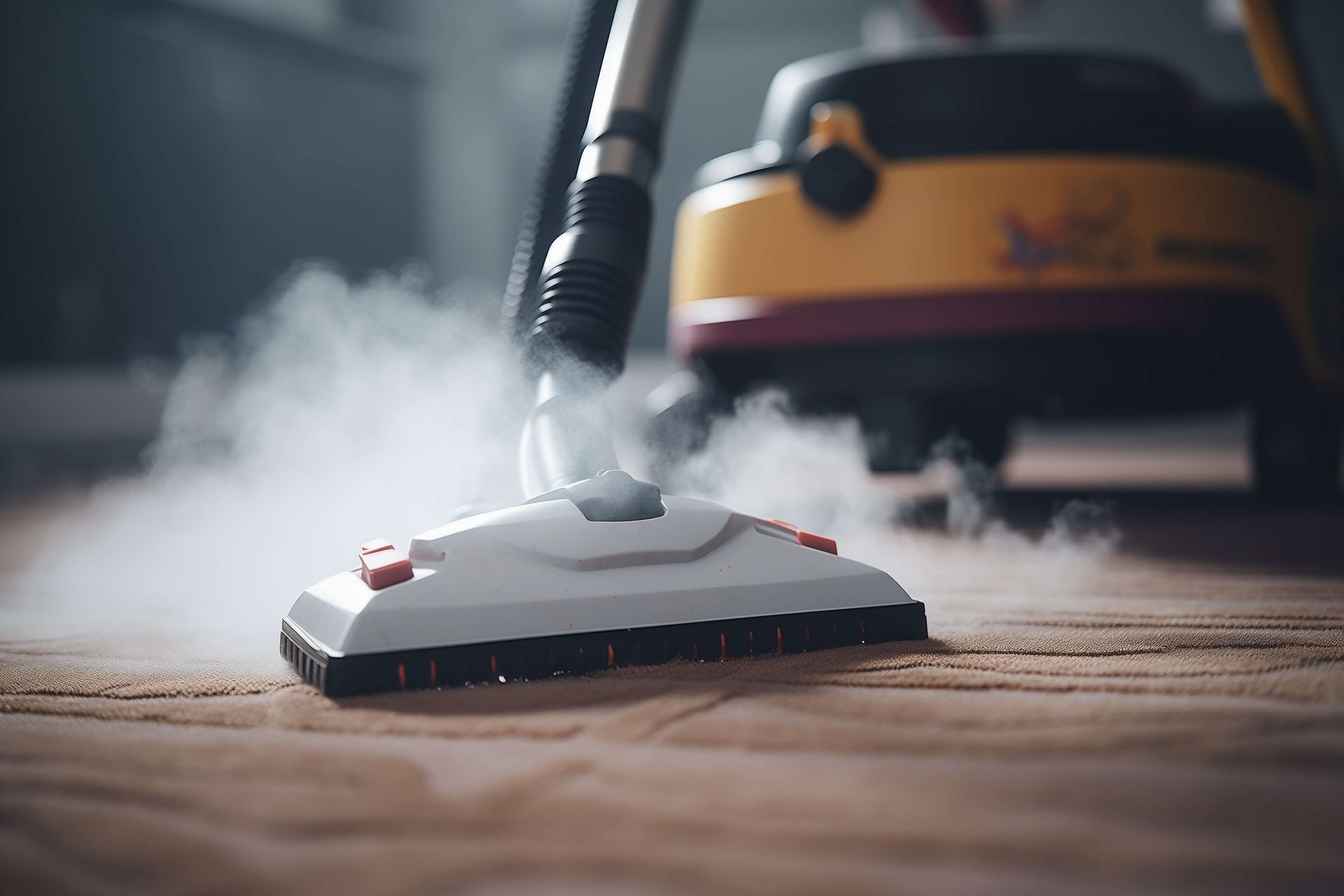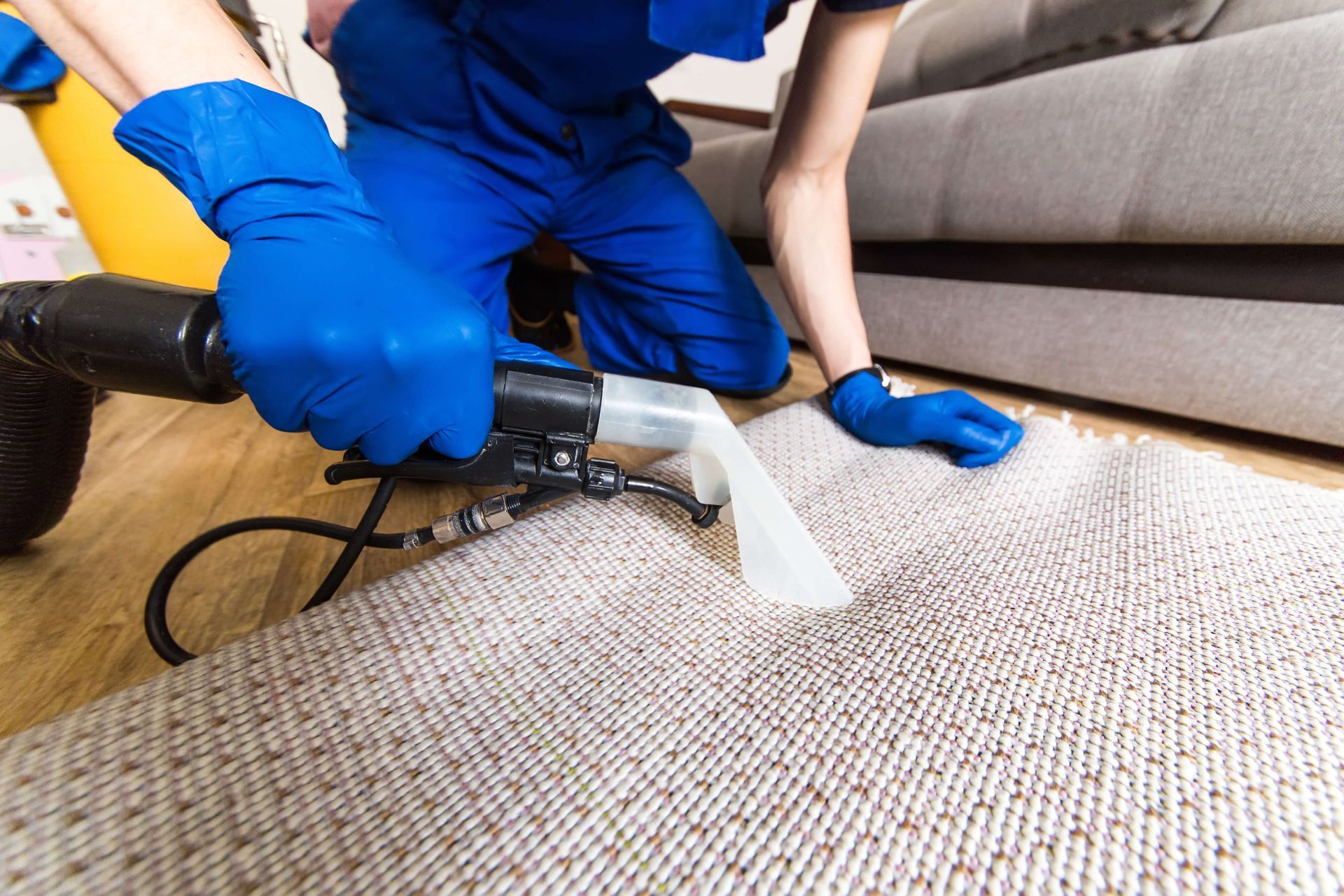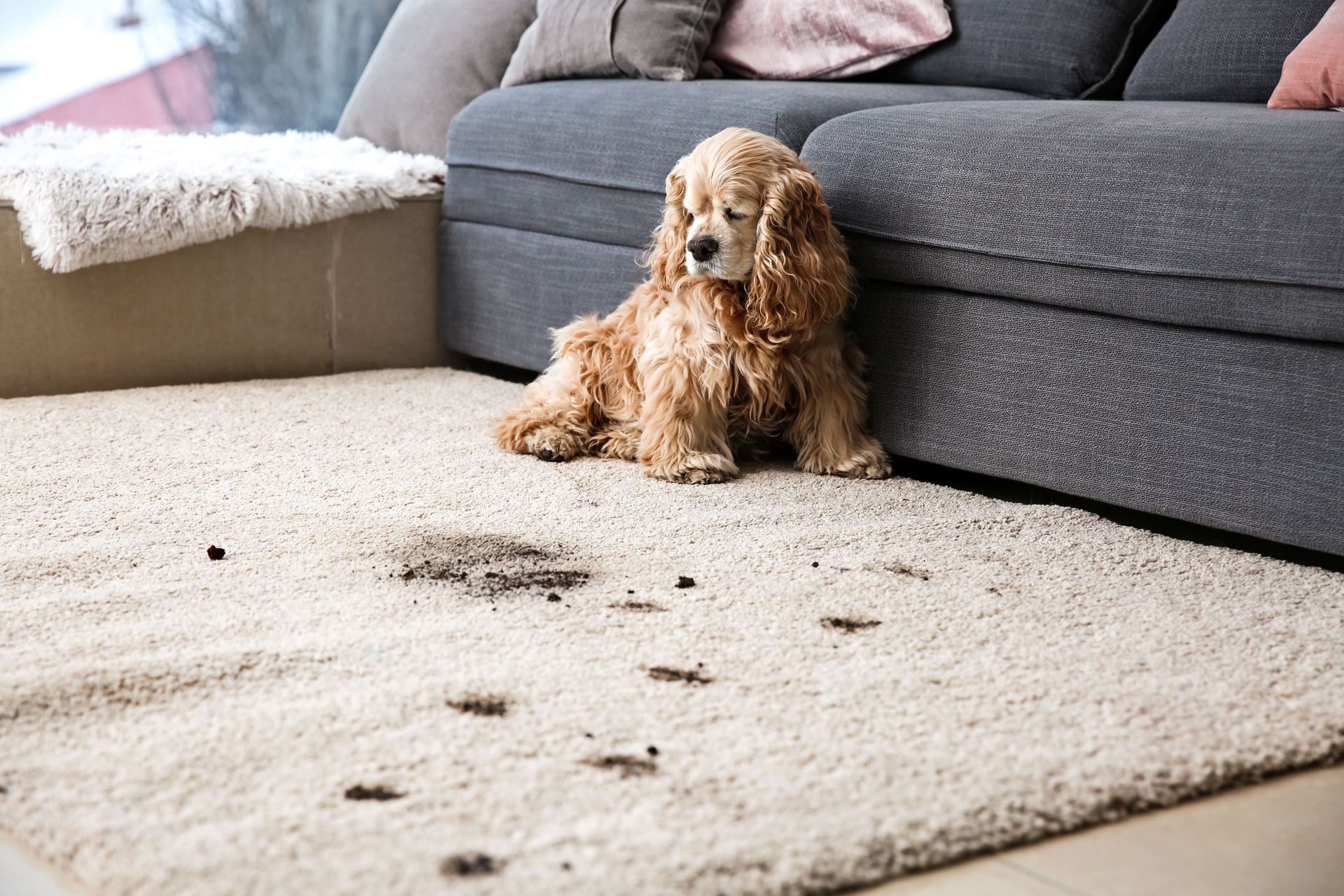How to Choose the Right Upholstery Cleaning Method for Your Furniture
If you're unsure which upholstery cleaning method is right for your home, you're not alone. Many homeowners feel frustrated after trying DIY cleaning tricks that leave watermarks, lingering odors, or fabrics looking worse than before. Others hesitate to hire professionals because they're not sure what service they actually need. The truth is that using the wrong cleaning method- even with good intentions can lead to permanent fabric damage, hidden mold growth, or stubborn stains that keep reappearing.
This guide is designed to walk you through exactly how to choose the right upholstery cleaning method for your furniture based on your fabric, lifestyle, and real cleaning needs.
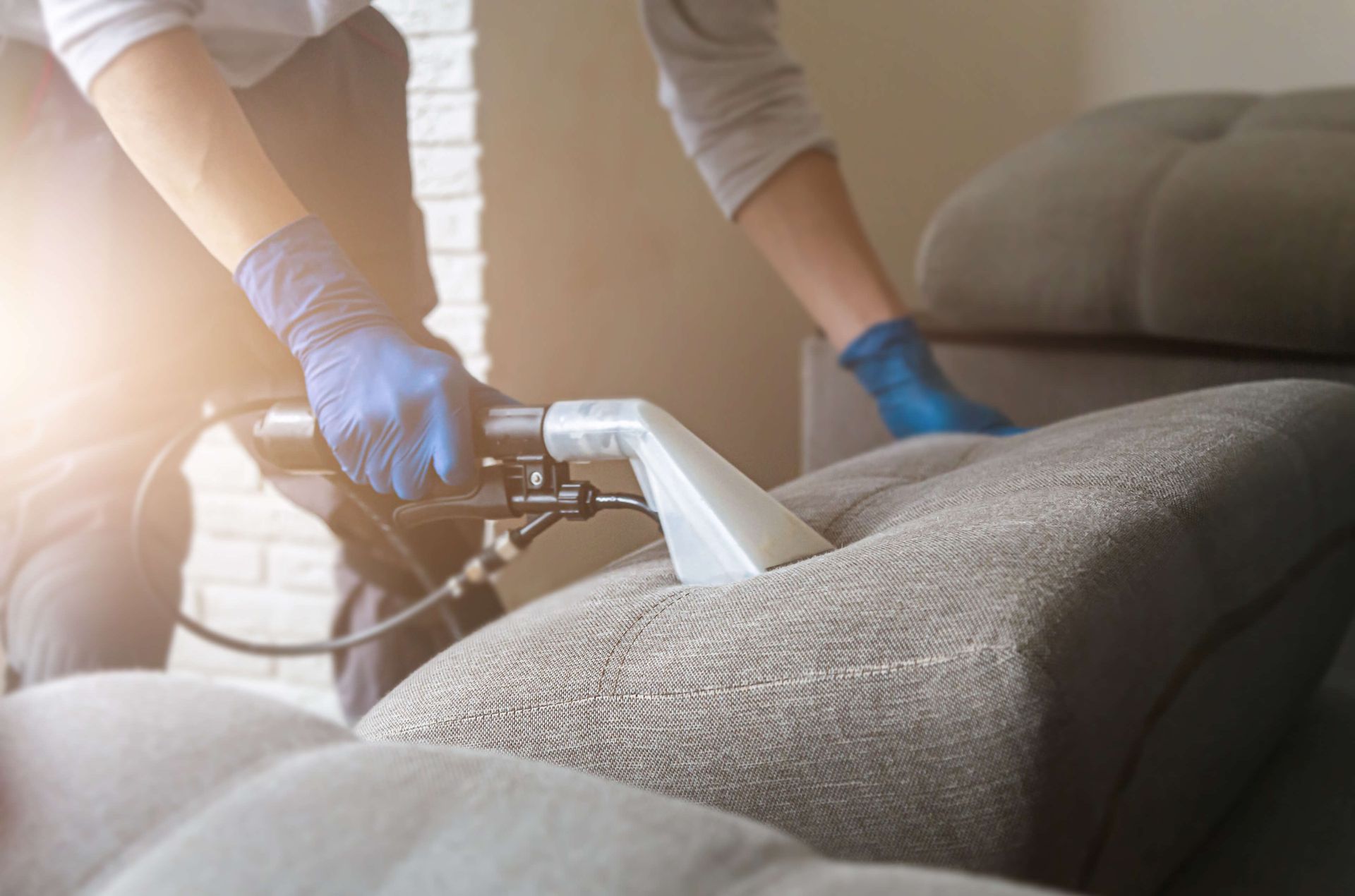
Why Upholstery Cleaning Isn’t One-Size-Fits-All
Before you even look at the different cleaning methods available, it’s important to understand why a method that works well for your neighbor might damage your furniture. Upholstery comes in dozens of fabric types, each with different moisture tolerance, stain behavior, and cleaning requirements.
1. Fabric Type
Your furniture’s fabric is the first and most critical factor. Water can shrink or discolor certain natural fibers. Steam can break down adhesives inside furniture padding. Meanwhile, some synthetic fabrics handle heat and moisture better than others. For example, a linen armchair placed in direct sunlight may develop water spots or shrink if cleaned with steam. At the same time, a microfiber couch used daily by a family might benefit from hot water extraction due to its resilience.
Fabric codes found under cushions can help guide cleaning choices: “W” means water-based methods are safe, “S” calls for solvent-only cleaning, “WS” allows either, and “X” means vacuum-only. Older furniture often lacks these tags, so a spot test or professional assessment is often needed.
2. Type of Stain
- Organic stains like coffee or red wine respond best to enzyme-based cleaners or steam cleaning. These methods help break down and lift the stain effectively from the fabric.
- Oily stains from cosmetics, greasy food, or lotions require solvent-based treatments to dissolve the oil without damaging the fabric.
- Deep-set stains caused by pet accidents or liquids that have soaked into the cushion core can’t be addressed with surface cleaning alone. These situations require deep extraction methods to fully eliminate both the stain and any lingering odor. That’s why many families rely on proven methods to remove pet stains that tackle both odor and residue deep within the fabric.
3. Frequency of Cleaning
If you clean your upholstery every few months, low moisture or foam methods may be enough to maintain freshness. But if it’s been over a year or never cleaned before, surface cleaning won’t address embedded dirt and allergens. Infrequently cleaned furniture often requires steam extraction to reach and remove buildup inside the padding, not just what’s visible.
4. Presence of Pets, Kids, or Smokers
Homes with pets, kids, or smokers come with specific cleaning problems that standard methods often can't solve. Pet fur and dander can get trapped deep inside the cushions and fabric layers. When spills happen, like pet accidents or a dropped milk bottle, the liquid often seeps beyond the surface and into the padding. Smoke from cigarettes or even regular cooking builds up on the fabric over time and can leave a lingering smell. Over time, neglecting these issues can affect your indoor air quality and comfort. Regular deep upholstery cleaning plays a major role in maintaining a healthy home environment, especially in busy or allergy-prone households. That’s why routine upholstery care is more than just about appearances—it's about well-being too.
Reliable Upholstery Cleaning Methods
There are multiple upholstery cleaning methods, and each one serves a different purpose, but not all are suited for every home or fabric type. Here are the most common upholstery cleaning methods.
1. Steam Cleaning (Hot Water Extraction)
Steam cleaning involves injecting hot water and detergent deep into the fabric and then extracting it with a powerful vacuum. It’s often used in homes with children or pets, where spills, food stains, and dander are common. This method is very effective for removing allergens and bacteria and is usually safe for synthetic fabrics like polyester or nylon. However, it’s not suitable for natural fibers like silk or wool, which may shrink or warp. Drying time can range from 4 to 8 hours depending on airflow and humidity, so make sure furniture can remain unused during that period.
2. Dry Cleaning (Solvent-Based)
Dry cleaning avoids water entirely and uses chemical solvents to break down oily residue and surface dirt. This is ideal for fabrics that can’t tolerate moisture—like silk, velvet, or antique upholstery. It’s also faster to dry than steam cleaning, making it useful when a quick turnaround is necessary. However, it's not effective on protein-based stains like food or urine. Always make sure proper ventilation is available when using this method, especially indoors.
3. Foam Cleaning
Foam cleaning involves applying a controlled layer of cleaning foam, letting it break down soil, and then vacuuming it out. This approach uses less moisture than steam cleaning and is a safer option for delicate or lightly soiled upholstery. It’s popular for maintenance cleaning but not designed for deep stain removal or sanitation. Many clients use this method every few months to extend the time between professional deep cleans.
4. Shampooing
This traditional method relies on applying a foamy detergent, scrubbing it into the fabric, and then extracting the solution. It can be effective for visibly dirty synthetic fabrics but requires thorough rinsing to prevent residue buildup. Leftover shampoo can attract more dirt if not removed properly, leading to faster re-soiling. Use shampooing with caution, especially on fabric that holds moisture—since drying times can stretch to 12 hours or more.
5. DIY Natural Methods (Baking Soda, Vinegar)
DIY approaches like baking soda and vinegar can help neutralize fresh spills and control surface odors. While these are convenient for spot treatment, they rarely address the root of the problem, especially when it comes to absorbed stains or odor trapped below the fabric layer. Vinegar may bleach or discolor some fabrics, while baking soda can leave powdery residues on darker upholstery. These methods should be seen as short-term fixes, not replacements for professional cleaning.
Matching Method to Fabric & Furniture Use
Different furniture pieces require different levels of care depending on how they’re used and the material they’re made of. A heavily used lounge suite in a family room needs far more frequent and intensive cleaning than a decorative chair in a guest room. For example, microfiber can handle steam cleaning well and is often found in high-traffic furniture. Velvet, on the other hand, should only be dry cleaned to maintain its finish and prevent crushing of the fibers.
If your living room sofa is used daily and shared with pets, steam extraction every 6 months is usually necessary. A rarely-used armchair may only require cleaning once a year with a low-moisture method. So, always match your cleaning method to both the fabric and how much wear and tear the furniture experiences.
When to Call a Professional Upholstery Cleaner
If your furniture has deep-set stains, odors that won’t go away, or delicate fabric, professional help isn’t just a better choice, but it’s the safer one. DIY cleaning has its place, but many clients call us after they’ve tried it and either worsened the stain or failed to remove it.
Professional cleaners offer:
- Fabric-safe methods tailored to your material
- Equipment that penetrates deeper than rental machines
- Stain treatments for specific soil types (oil, organic, chemical)
- Shorter drying times using industrial suction and airflow systems
Get the Right Clean for Your Furniture With Stain Doctors
Choosing the right upholstery cleaning method isn’t just about comparing techniques. It’s about understanding your fabric, your household environment, and what your furniture has been exposed to. Using the wrong method could mean discoloration, lingering bacteria, or even permanent damage. If you're unsure or simply want peace of mind that your furniture is in safe hands, Stain Doctors provides upholstery cleaning services designed around your needs.
Contact us today to schedule your professional upholstery cleaning and restore cleanliness to your furniture.
Frequently Asked Questions (FAQs)
How do I know which upholstery cleaning method is right for my furniture?
It depends on your fabric type, stain type, and how heavily the furniture is used—professional assessment is often best.
Is steam cleaning safe for all upholstery fabrics?
No, steam cleaning is safe for most synthetic fabrics but can damage natural fibers like silk or wool.
Can I use vinegar or baking soda to clean upholstery?
DIY methods can help with surface stains or odors but aren’t effective for deep-set stains or delicate fabrics.
How often should I clean my upholstery?
High-traffic furniture may need cleaning every 6 months, while low-use pieces can go 12 months between cleanings.
Ready to work with Stain Doctors?
Let's connect! We’re here to help.
Send us a message and we’ll be in touch.
Or give us a call today at 0242-026-354
